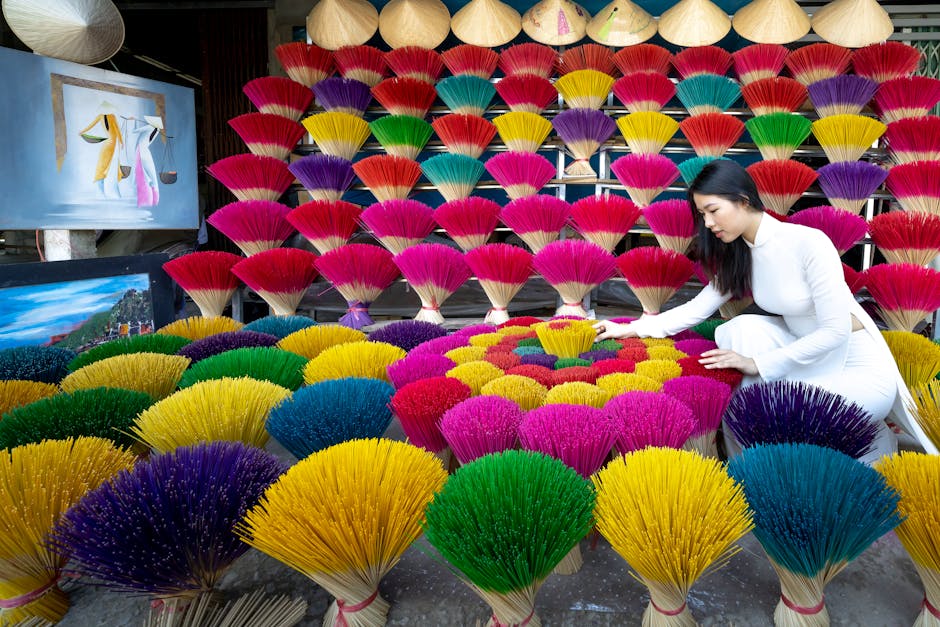
The Science Behind Smell: Creating Immersive Artwork with Scent Molecules
Smell is a powerful sense that plays a significant role in our lives. It has the ability to evoke memories, trigger emotions, and even influence our subconscious mind. In recent years, scent molecules have been explored as a unique medium for creating immersive artwork.
Artists and scientists have been collaborating to harness the science behind smell and use it as a tool to create captivating sensory experiences through art. By incorporating scent molecules into their works, these artists are able to engage multiple senses and transport viewers into different realms.
One of the key components in this process is understanding how scent molecules affect our perception and emotions. Each molecule has its own specific chemical properties, which interact with the olfactory receptors in our noses. These receptors then send signals to the brain, triggering various responses and associations.
Through careful selection and composition of scent molecules, artists can create art pieces that evoke specific moods, memories, or atmospheres. For example, a floral scent might evoke feelings of serenity and happiness, while a musky scent could convey a sense of mystery or nostalgia.
The use of scent in artwork also opens up new possibilities for storytelling and narrative building. By strategically incorporating different scents throughout a piece, artists can guide viewers through a multi-sensory journey. The scents could change as the viewers move through different sections of the artwork, creating a dynamic and immersive experience.
Furthermore, scent molecules can be combined with other artistic elements such as visuals, sounds, or textures to create even more impactful artworks. This interdisciplinary approach allows artists to push the boundaries of traditional art forms and create truly unique and evocative pieces.
The science behind smell and its application in creating immersive artwork is still a relatively new field. However, it holds great potential for further exploration and innovation. As our understanding of how scent molecules affect our perception deepens, artists will be able to push the boundaries of creativity and create sensory experiences that captivate and engage viewers in entirely new ways.
